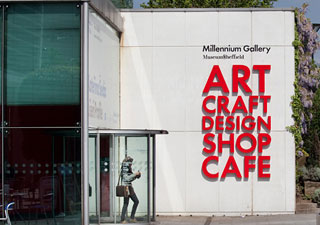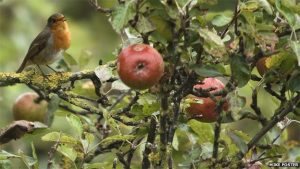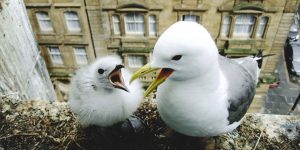I help people to make music. That’s my job. I teach and encourage, facilitate and listen, while people find the music inside themselves and discover how to express it.
Sometimes I work with individuals, and sometimes I work with groups. Some of the people I work with have a label of learning disability or autism and some of them don’t. When I describe what I do with Under the Stars, I often hear “Oh, so it’s music therapy then?”
Well, no, it’s not.
Music therapy is a certificated profession and I do not have the training or the qualifications. Therapists work mostly one to one, very much led by the person they are working with, and they don’t work towards “products” like performances or recordings. Music therapy is brilliant, but it’s not what I do.
Music is good for you. Music lifts your spirit, gets you moving physically and breathing a bit harder, using your brain, concentrating so that you can’t worry about whatever you’re anxious about, and helps you express things when words won’t do. Playing and singing with other people gives you a sense of connection that is hard to beat and a joy that helps you find your smile. This applies to everyone, whether they have a label or not.
When we have a band session with the musicians at Under the Stars, everyone is developing musical skills. One person might learn guitar chords or how to play a drum pattern, another will be learning the words to a song or writing a new one. It’s work, and it’s fun. Some people have a very good sense of rhythm and some struggle. Some find it easier to sing in tune than others, as in any group. If we have a group with support workers joining in, they often find they are less able than some of the learners.
In my community choirs, everyone is welcome. I happen to know that, over the years, some singers have had bereavements, mental health episodes, relationship issues and life-changing illnesses. I only know this if they have chosen to tell me – and they tell me because choir has helped them through. A person might choose to join a choir to improve their memory, or start piano lessons to give their week more structure, keeping depression at bay. Music can help with all these things, and it is just a good thing in its own right.
What I offer is an opportunity to learn music, to play or sing something to a standard that makes you happy. Along the way there may be lots of fringe benefits: self-esteem, learning to take turns, or better fine motor skills.
Just because I’m working with someone with a label of learning disability or autism, doesn’t mean that it’s “therapeutic”. In the same way, just because I’m teaching someone who hasn’t got a label, does not mean that it’s not.

















